Critics reviews
Rose Murray Brown - The Scotsman - March 2014
About this WINE

Champagne de Sousa
De Sousa Champagne is based in the Grand Cru village of Avize in the Côte Des Blancs. Vigneron and paterfamilias, Erick De Sousa is third generation Portuguese who practices biodynamic viticulture.
De Sousa farms 9.2 hectares, mainly in the vicinity of Avize (there are old vine plots in Oger, Cramant and Chouilly for example) but also in the Montagne de Reims (Ay and Ambonnay mainly) and finally a small holding in the Vallée De La Marne (Mardeuil).
The key features of this Champagne House are old-vine cultivation (the vineyards are ploughed by horse and the oldest vines date back to 1932), extensive lees ageing, full malolactic fermentation and the aging of reserve wines in wood.
The De Sousa philosophy adheres to late ripening, allowing the vines to benefit from the mineral rich soils (potassium/magnesium) and to develop palate profiles that are both rich and pure, with most impressive length evidenced across the Champagne range.

Brut Champagne
Brut denotes a dry style of Champagne (less than 15 grams per litre). Most Champagne is non-vintage, produced from a blend from different years. The non-vintage blend is always based predominately on wines made from the current harvest, enriched with aged wines (their proportion and age varies by brand) from earlier harvests, which impart an additional level of complexity to the end wine. Champagnes from a single vintage are labelled with the year reference and with the description Millésimé.
Non-vintage Champagnes can improve with short-term ageing (typically two to three years), while vintages can develop over much longer periods (five to 30 years). The most exquisite and often top-priced expression of a house’s style is referred to as Prestige Cuvée. Famous examples include Louis Roederer's Cristal, Moët & Chandon's Dom Pérignon, and Pol Roger's Cuvée Sir Winston Churchill.
Recommended Producers : Krug, Billecart Salmon, Pol Roger, Bollinger, Salon, Gosset, Pierre Péters, Ruinart

Chardonnay
Chardonnay is often seen as the king of white wine grapes and one of the most widely planted in the world It is suited to a wide variety of soils, though it excels in soils with a high limestone content as found in Champagne, Chablis, and the Côte D`Or.
Burgundy is Chardonnay's spiritual home and the best White Burgundies are dry, rich, honeyed wines with marvellous poise, elegance and balance. They are unquestionably the finest dry white wines in the world. Chardonnay plays a crucial role in the Champagne blend, providing structure and finesse, and is the sole grape in Blanc de Blancs.
It is quantitatively important in California and Australia, is widely planted in Chile and South Africa, and is the second most widely planted grape in New Zealand. In warm climates Chardonnay has a tendency to develop very high sugar levels during the final stages of ripening and this can occur at the expense of acidity. Late picking is a common problem and can result in blowsy and flabby wines that lack structure and definition.
Recently in the New World, we have seen a move towards more elegant, better- balanced and less oak-driven Chardonnays, and this is to be welcomed.



Buying options
Add to wishlist
Description
De Sousa is based in the Grand Cru village of Avize in the Côte des Blancs. Vigneron and paterfamilias, Erick de Sousa is third-generation Portuguese who practices biodynamic viticulture. The De Sousa philosophy adheres to late ripening, allowing the vines to benefit from the mineral-rich soils and to develop palate profiles that are both rich and pure, with most impressive length evidenced across the range.
The De Sousa Brut Réserve is a blanc de blancs, therefore made from 100 percent Chardonnay, its grapes sourced mainly from the village of Avize and sites in its immediate environs. With only six grams of residual sugar, this is a serious and complex wine, with notes of fennel, pear-skin and brioche and a powerful mid-palate, which is almost redolent of beeswax. A distinctive and serious vin de contemplation.
wine at a glance
Delivery and quality guarantee